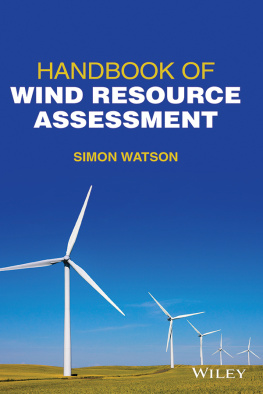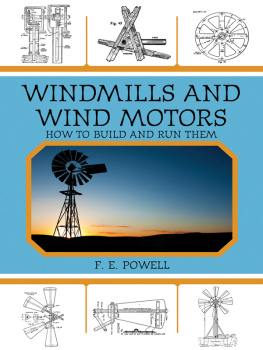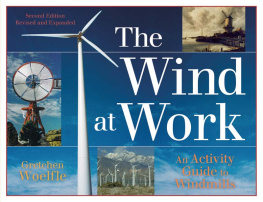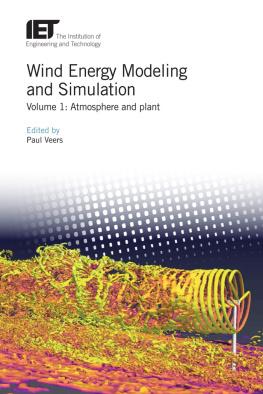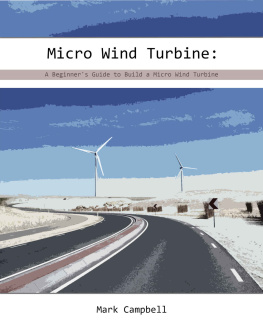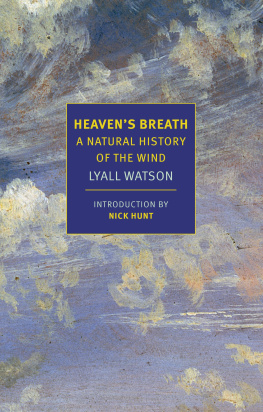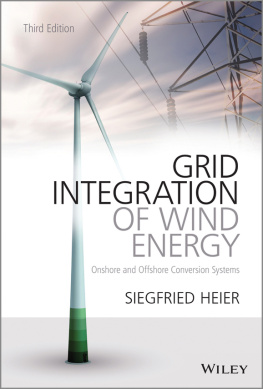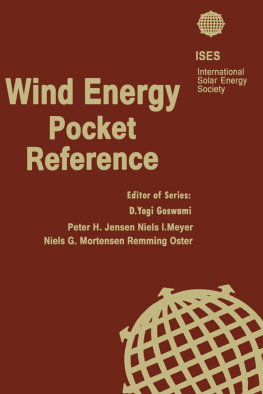Simon Watson - Handbook of Wind Resource Assessment
Here you can read online Simon Watson - Handbook of Wind Resource Assessment full text of the book (entire story) in english for free. Download pdf and epub, get meaning, cover and reviews about this ebook. City: Hoboken, year: 2023, publisher: Wiley, genre: Science. Description of the work, (preface) as well as reviews are available. Best literature library LitArk.com created for fans of good reading and offers a wide selection of genres:
Romance novel
Science fiction
Adventure
Detective
Science
History
Home and family
Prose
Art
Politics
Computer
Non-fiction
Religion
Business
Children
Humor
Choose a favorite category and find really read worthwhile books. Enjoy immersion in the world of imagination, feel the emotions of the characters or learn something new for yourself, make an fascinating discovery.
- Book:Handbook of Wind Resource Assessment
- Author:
- Publisher:Wiley
- Genre:
- Year:2023
- City:Hoboken
- Rating:5 / 5
- Favourites:Add to favourites
- Your mark:
Handbook of Wind Resource Assessment: summary, description and annotation
We offer to read an annotation, description, summary or preface (depends on what the author of the book "Handbook of Wind Resource Assessment" wrote himself). If you haven't found the necessary information about the book — write in the comments, we will try to find it.
Useful reference text underpinning the theory behind wind resource assessment along with its practical application
Handbook of Wind Resource Assessment provides a comprehensive description of the background theory, methods, models, applications, and analysis of the discipline of wind resource assessment, covering topics such as climate variability, measurement, wind distributions, numerical modeling, statistical modeling, reanalysis datasets, applications in different environments (onshore and offshore), wind atlases, and future climate.
The text provides an up-to-date assessment of the tools available for wind resource assessment and their application in different environments. It also summarizes our present understanding of the wind climate and its variability, with a particular focus on its relevance to wind resource assessment.
Written by a highly qualified professional in the fields of wind resource assessment, wind turbine condition monitoring, and wind turbine wake modeling, sample topics included in Handbook of Wind Resource Assessment are as follows:
- Climate variability, covering temporal scales of variation, power spectrum, short term variation and turbulence, the spectral gap, and long-term variation
- Measurement, covering history of wind speed measurement, types of measurement, terrestrial measurements, anemometers, wind vanes, lidars, sodars and remote sensing
- Distributions, covering synoptic scale wind distributions, turbulent scale distributions, contrast between mean and extreme values, and extreme value statistics
- Physical modeling, covering spatial scales of variability, the governing equations, models of varying complexity, mass consistent models, linearized models and semi-empirical models
- Statistical modeling, covering the use of measure-correlate-predict (MCP), wind indices and spatial interpolation
Handbook of Wind Resource Assessment serves as a comprehensive text that brings together the different aspects of wind resource assessment in one place. It is an essential resource for anyone who wishes to understand the underlying science, models, or applications of wind resources, including postgraduates, academics, and wind resource professionals.
Simon Watson: author's other books
Who wrote Handbook of Wind Resource Assessment? Find out the surname, the name of the author of the book and a list of all author's works by series.

